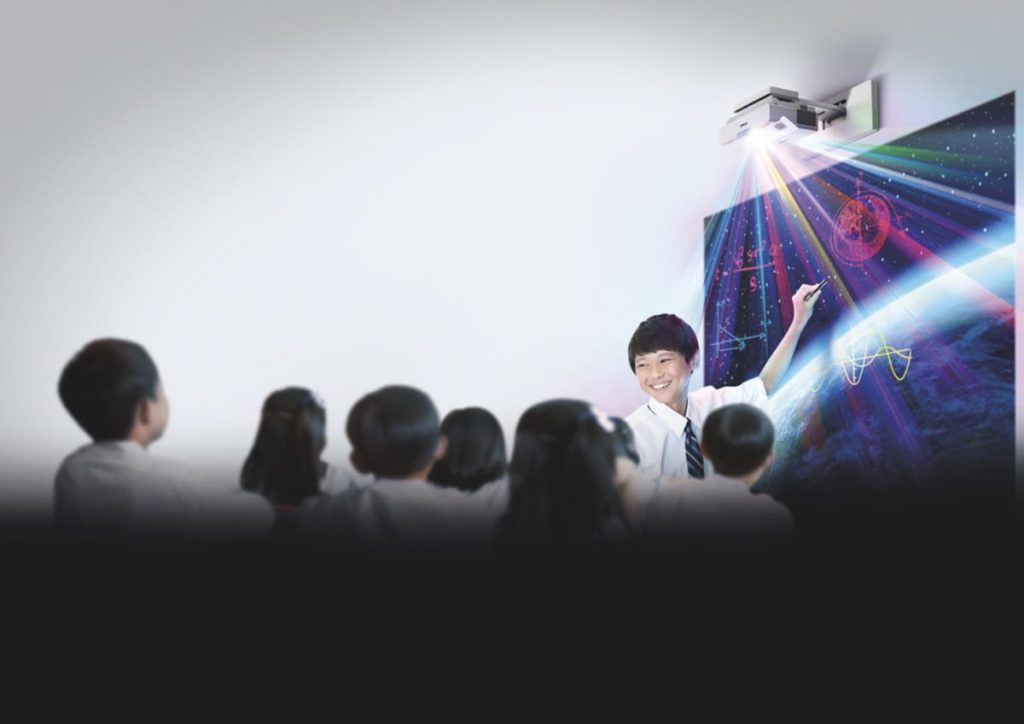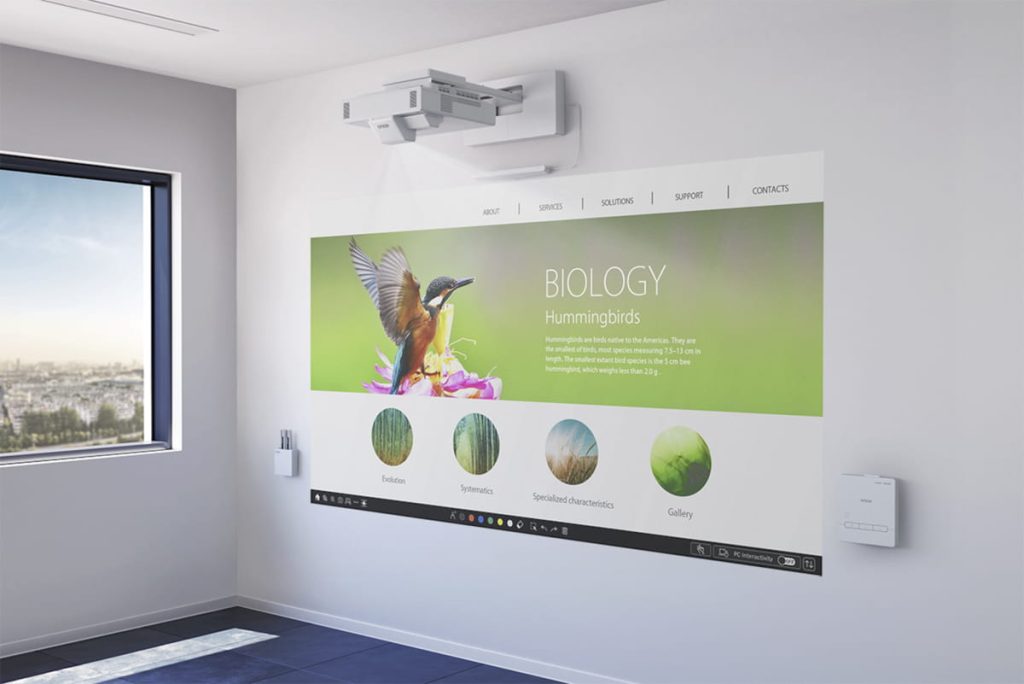
The adoption of digital learning has accelerated over the past years due to changes brought about by the pandemic. However, print materials remain crucial in retaining memory and information among students.
Technology giant Epson is dedicated to giving students an immersive learning experience, through products where traditional and digital learning balance one another, such as interactive projectors and state-of-the-art printers.
And as a socially responsible company, Epson is committed to promoting quality education for all schools. Epson previously partnered with the Department of Education (DepEd) through the Adopt-a-School Project to ensure that learning is not disrupted by a lack of resources. Sustainability is also imprinted in Epson’s DNA, and institutions that have adopted the Epson ecosystem are doing their part in ensuring a greener environment, in line with the company’s “Engineered For Good” philosophy.
“Epson blends traditional and digital learning together in modern Philippine classrooms, equipping them for the future of education and sustainability,” Epson Philippines President and Director Masako Kusama said. “At Epson, we believe this is a right, not a privilege. Through our work with DepEd and schools in the country, we want to help unlock students’ creativity and potential.”
Larger-than-life learning

With the average number of students in a Philippine classroom at 50, it becomes more crucial for the display to be large enough for all to see.
Epson’s EB Series projectors engage students because of their larger-than-life displays that show details and colors at high definition. Bare walls can become screens, and can be adjusted up to 120 inches screen size. For Epson’s ultra-short throw projectors (EB-1485Fi), this can be done even at a distance of less than two feet away from the screen.
Able to connect wirelessly and seamlessly to multiple devices, Epson’s projectors allow teachers and students to display from one gadget source to the other. Learning is also not confined to the classroom. With Epson’s portable models (EB-E01, EB-X51), teachers can take the projectors with them wherever they go.
Epson’s projectors also encourage tactile learning that comes with whiteboards through dual pens and even finger touch interactivity (EB-725wi, EB-695wi), all while keeping the virtual screen on display, so students can engage with the digital material they see. The EB-725Wi also has features that allow classrooms to print, save, and even email the interactive output on the screen.
Even with their powerful capabilities, Epson projectors are compact and do not eat up space in the classroom. The devices can run up to 20,000 hours with little to no maintenance. When used eight hours in a day and five days a week, the projectors last nearly 10 years.
Power of print in learning
Despite the benefits of digital learning, research has consistently proven that printed text is still more effective when it comes to memory retention and reading comprehension. As a printing giant, Epson has developed products that integrate print into the digital workflow.
Epson’s Business Inkjet printers (WF-C879R, AM-C400, AM-C550, AM-C4000/C5000/C6000, WF-C21000) are equipped with features such as wireless printing and mobile device connectivity, meeting the needs of students and faculty members who require efficiency, flexibility, and printing on the go. Designed for high-volume printing that can produce up to 50 pages in a minute, the Epson printers are a valuable investment for schools with a larger student population.
Meanwhile, the color capabilities of the Epson Business Inkjet printers address the need for more interactive materials, especially for younger students who engage better with creative visual aids and learning resources.
Even with these features, Epson products do not come at a cost to the environment, with their heat-free technology reducing power consumption by up to 85%.
For Epson, quality education means being able to address the unique needs of students, which change throughout the generations and as technology evolves. With enhanced digital and traditional learning capabilities, schools can foster a creative and engaging environment for the future leaders of tomorrow.







